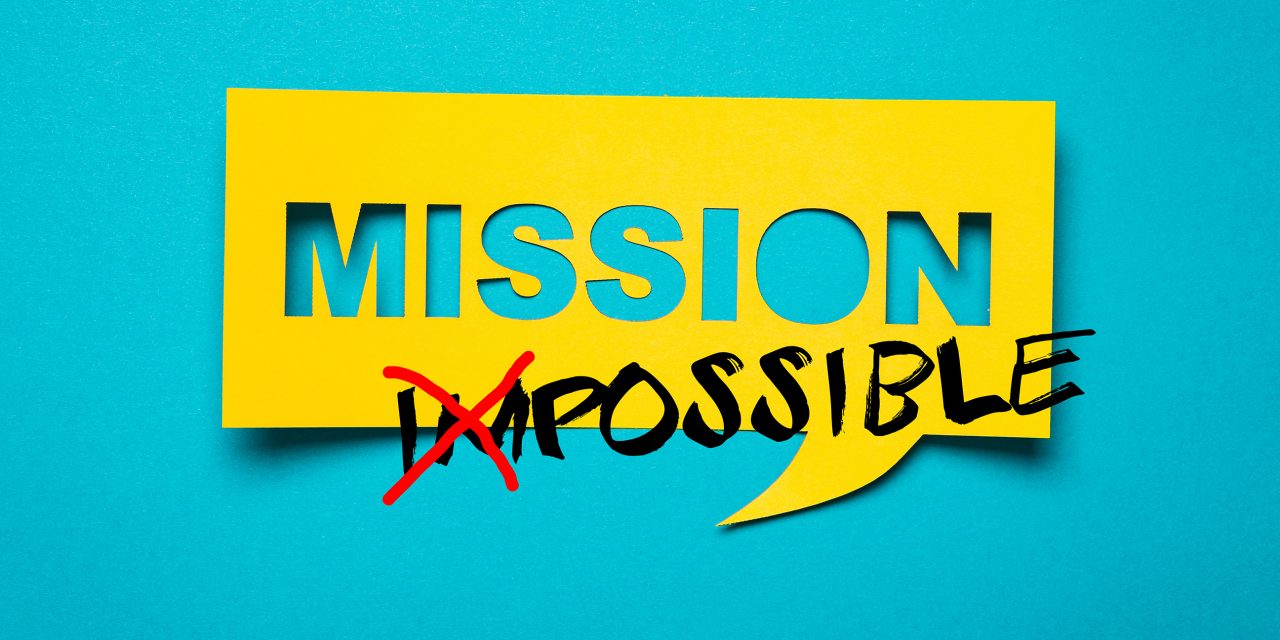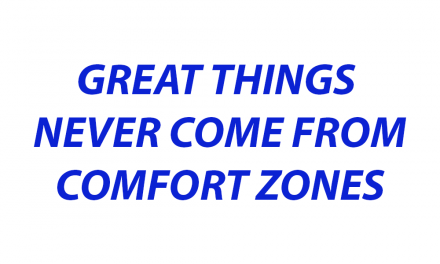An old saying has it, if you don’t know where you’re going, it doesn’t matter which road you take.
In last month’s issue I spoke about Vision, Mission and Value statements and described how each has its own distinct function in the strategic planning process.
I also explained how important it is to consider all three statements, whatever size your business is today, if you have any ambition to grow it.
Your Renegade Toolbox has some excellent resources to help you develop these statements and create your strategic plan.
So, now you’ve built your Vision Statement, let’s take a look at your Mission Statement… your written declaration of your core purpose and focus.
While your goals and challenges may change over time your Mission should never change.
A good mission statement communicates clearly the intended direction of your organisation, what’s important to you, who you will serve and how.
Your mission statement should be motivational, provide a shared sense of purpose for all your staff and providing a direction for your growth and development plan.
Here’s an example of a great mission statement from US clothing company, Patagonia …
“Build the best product, cause no unnecessary harm, use business to inspire and implement solutions to the environmental crisis.”
Once you know where you are going as a business, you can define relevant strategies that will significantly improve your chances of success as a business.
Your staff will also be more effective in interpreting their respective roles and be more likely to cooperate with one another.
Begin with the end in Mind
When you begin thinking of your mission statement ensure you: –
- Provide future direction
- Be realistic, and therefore believable by both customers and employees
- Be outward looking and contain a clear customer benefit
- Be motivational, by embodying the challenge and rewards
But Start at the Beginning
Ask yourself four questions:
- What business are we in?
- What are our business aspirations?
- What key words describe how our products or services will be delivered?
- What is the best way to express our mission?
What business are you in?
The main thing is to be clear about which business you’re in. This may seem obvious but it’s actually one of the most difficult questions you’re likely to encounter. Many owners initially define their business in terms of the products or services they provide.
However, in defining the business domain in which you operate, it’s better to focus upon the need you are fulfilling. This’ll ensure you remain focused because you’re in business to solve a specific customer problem by meeting a need.
When you’re defining those needs, it’s important not to be too narrow or too broad in your definition. If you’re too narrow, you’ll reduce the size or shape of the playing field on which you’ll compete in the future.
Equally, if you are too broad, you’ll suffer from lack of clarity. Your definition must take on board the business’ ability (resources and skill) required to deliver and compete in meeting these needs.
Business Aspirations
You could define your aspirations for the business: –
- in financial terms – for example, ‘the business will double profits every five years’
- in market terms for example, ‘the business will become the market leader’
However, neither of these is really customer-driven or motivational. They are less likely to motivate employees or fill them with a collective sense of purpose. It’s better for these aspirations to be written in terms of the customer groups you serve, the needs you address, or the method by which you achieve this.
This defines the customer benefit and, by implication, the target customer group and will distinguish you from your competitors.
Key Words
The words you use in your mission statement should relate to the customer in a language they’d recognise, understand and value. In developing your mission statement, consider how such words will add vitality and meaning to your vision of the future.
What is the best way to express our mission?
Now you’re ready to create a number of possible mission statements using the thoughts you’ve gathered in answering the previous three questions. Here’s an approach designed to get you underway if you’re not sure where to start.
- Start with the words ‘We’re in the business of …’ or ‘Through…’
- Describe the type(s) of customers or customer group(s) you will serve
- Describe the need or benefit you’re satisfying or providing
- Describe what you’re doing or providing to meet that need
For example,
“Through encouragement, support and inspiration we will help owners regain their confidence, fall back in love with their businesses and achieve the freedom they desire…”
Evaluate all the statements you come up with using the following criteria, rejecting all that do not pass the test.
- It provides a view of the future
- It is credible to both customers and employees
- It is outward-looking and contains or implies a clear customer benefit
- It is unique to your business, embracing what you are good at
What to do now
When you’ve come up with a statement you are happy with, take it to the world. Every time you mention it to customers and others, you’re not just reminding yourself of what your business is all about but also reinforcing your commitment to make it happen. Here are some simple tips to remember:
- Communicate it consistently to everyone within the business and reinforced by action, not just words, at every opportunity
- Never compromise it. To do so would dilute the business’ purpose. With no clear purpose, the direction of the business becomes uncertain and progress halted
- Measure how well the business is performing to the values and in the direction stated in the mission and communicate this regularly
Now you’ve laid the foundation that will help you develop your marketing strategy. You can now move on to set objectives (specific steps on the way to realising your aspirations) and define your marketing activities.
Next month we’ll take a look at your Value Statement.
Values are who we are. Not who we would like to be, not who we think we should be, but who we are in our lives, right now. Another way to put it is that values represent our unique and individual essence, our ultimate and most fulfilling form of expressing and relating. Our values serve as a compass pointing out what it means to be true to oneself.
When we honour our values on a regular and consistent basis, life is good and fulfilling.
Here’s to a successful year ahead folks.





